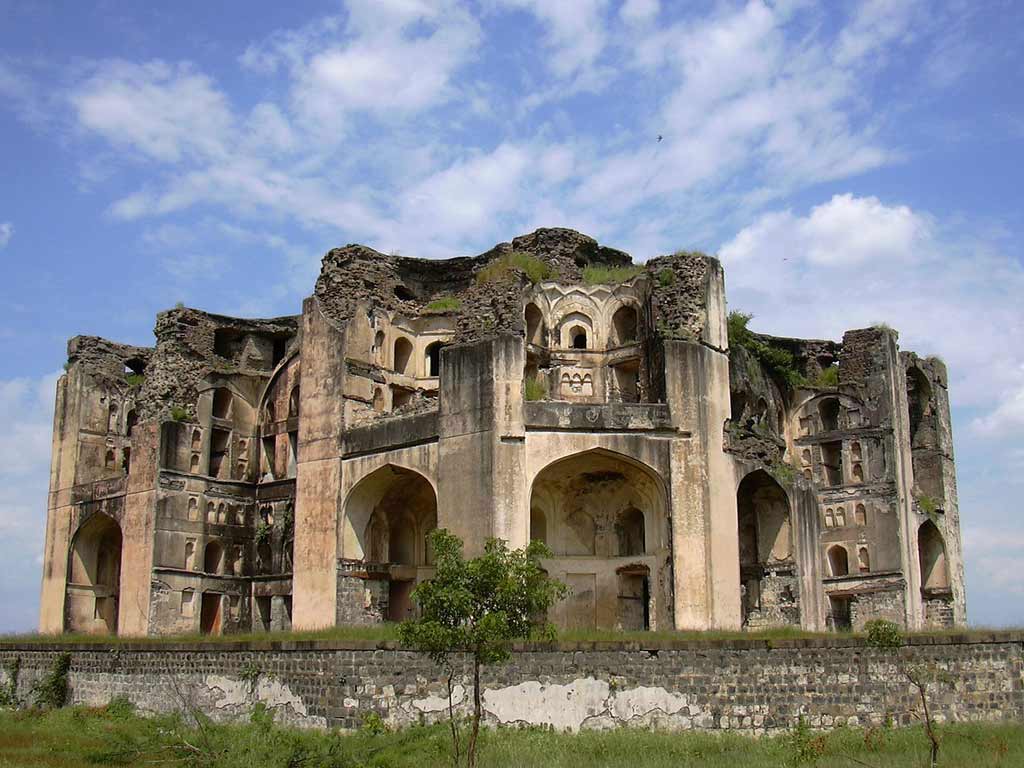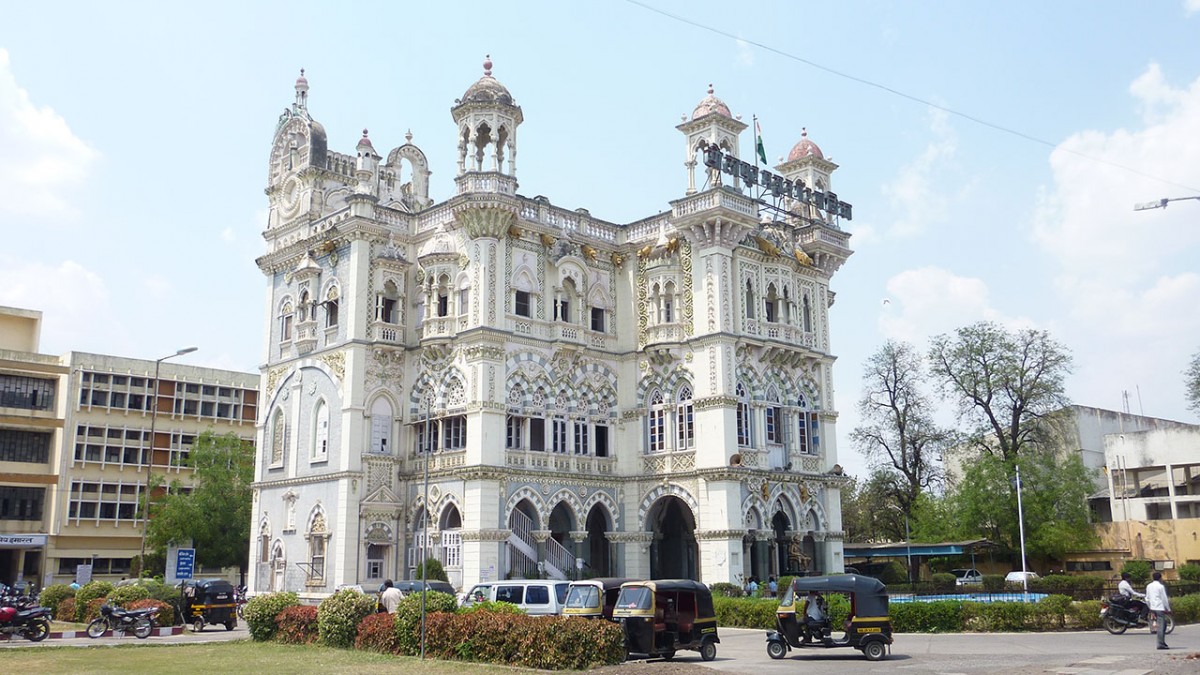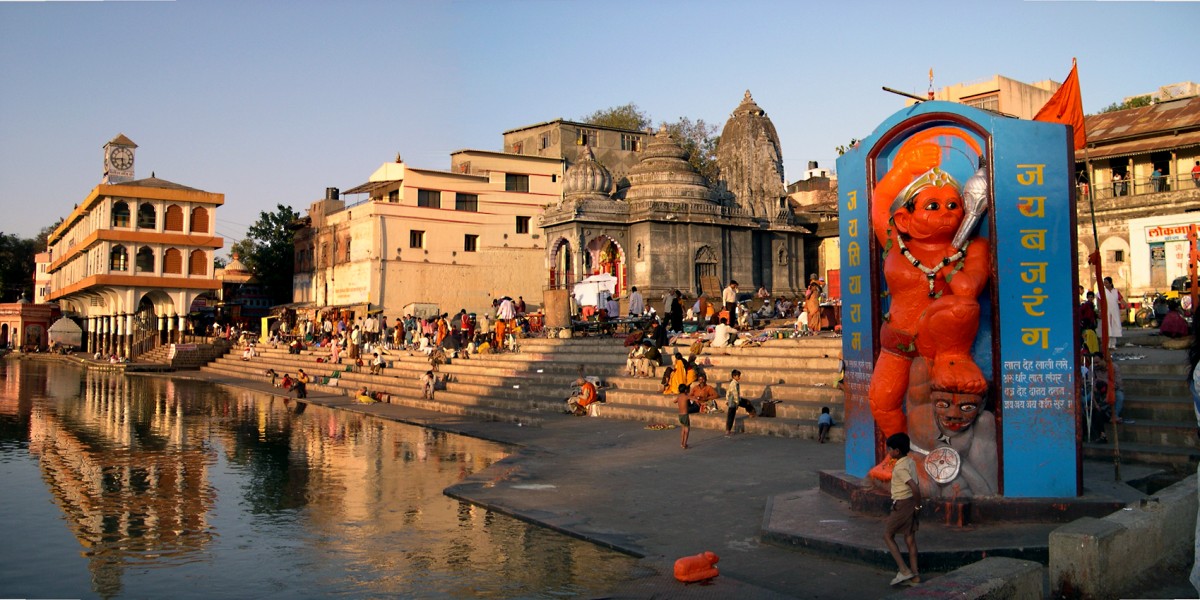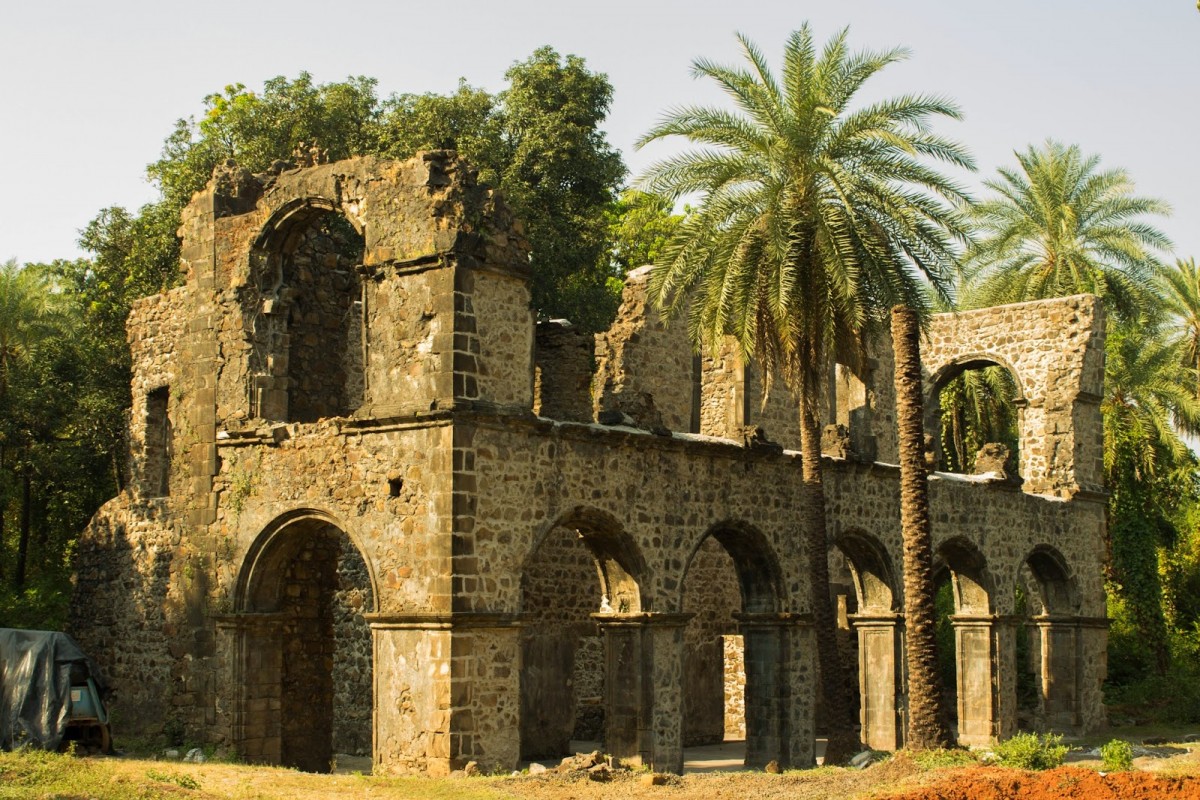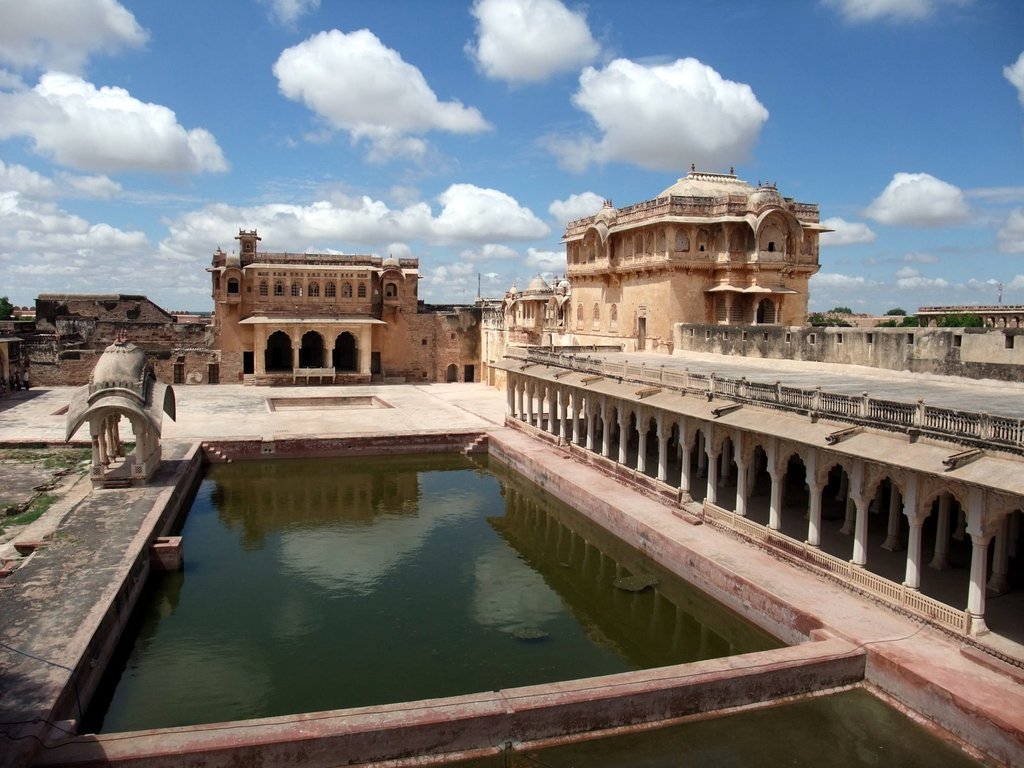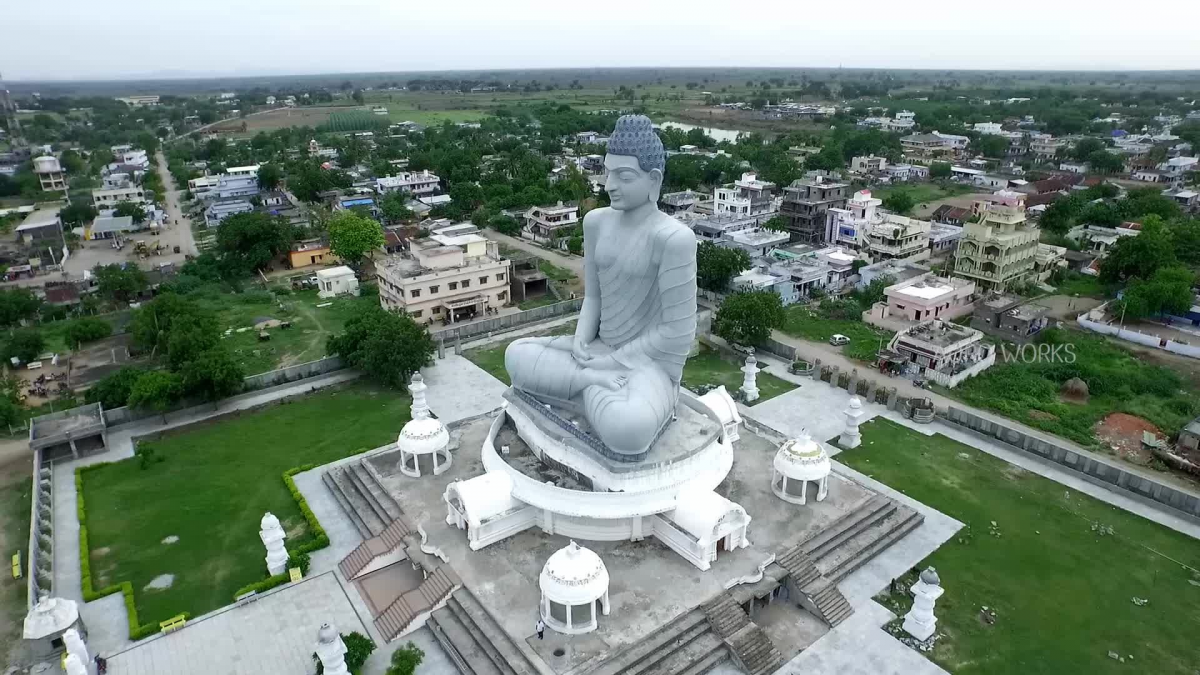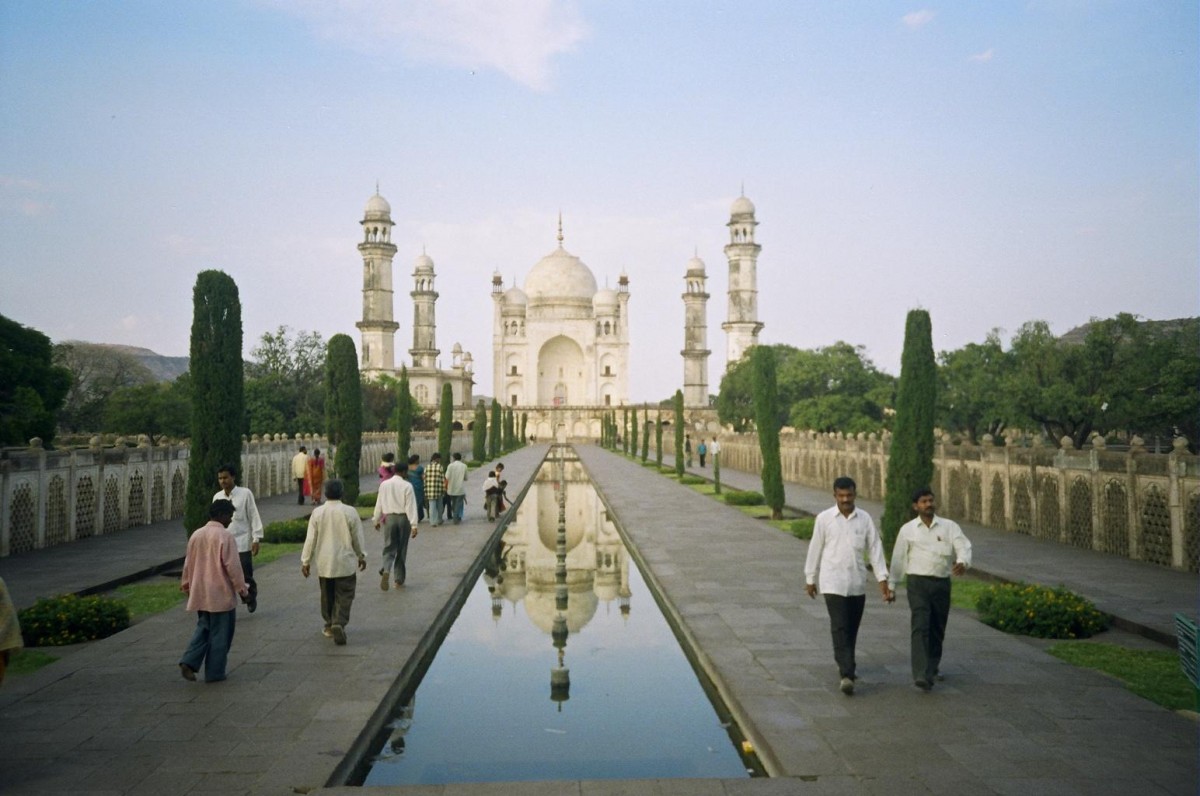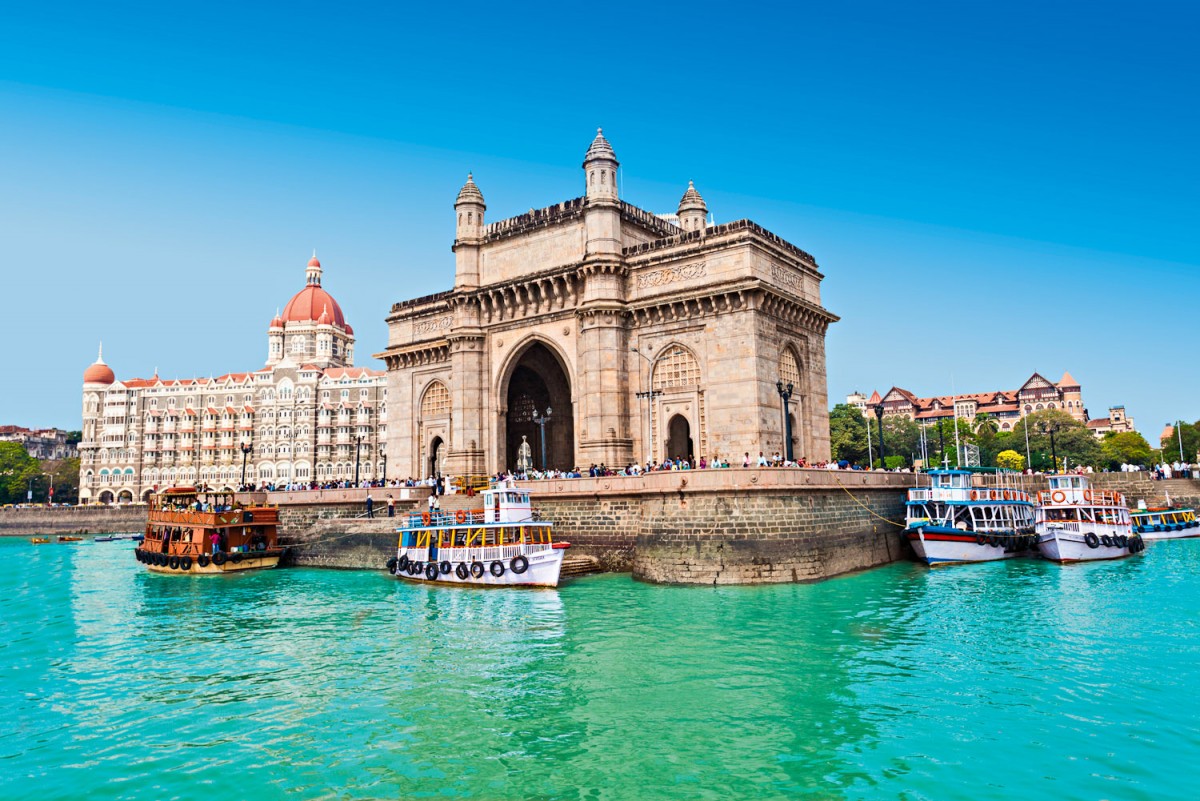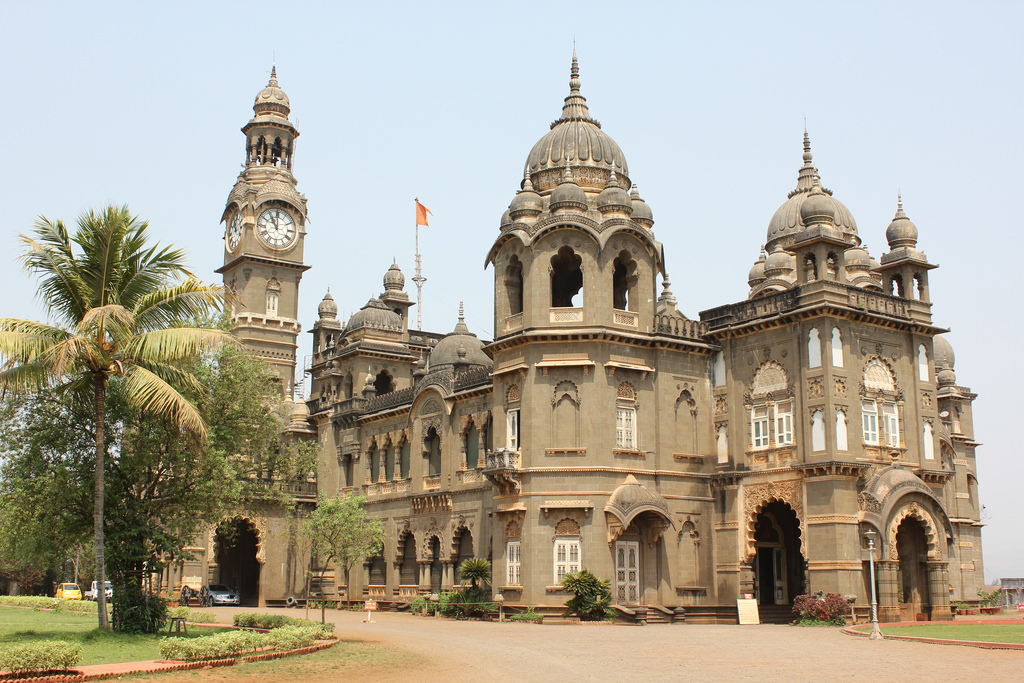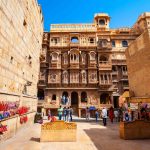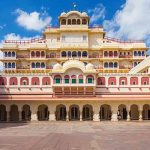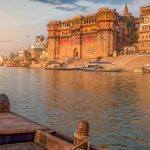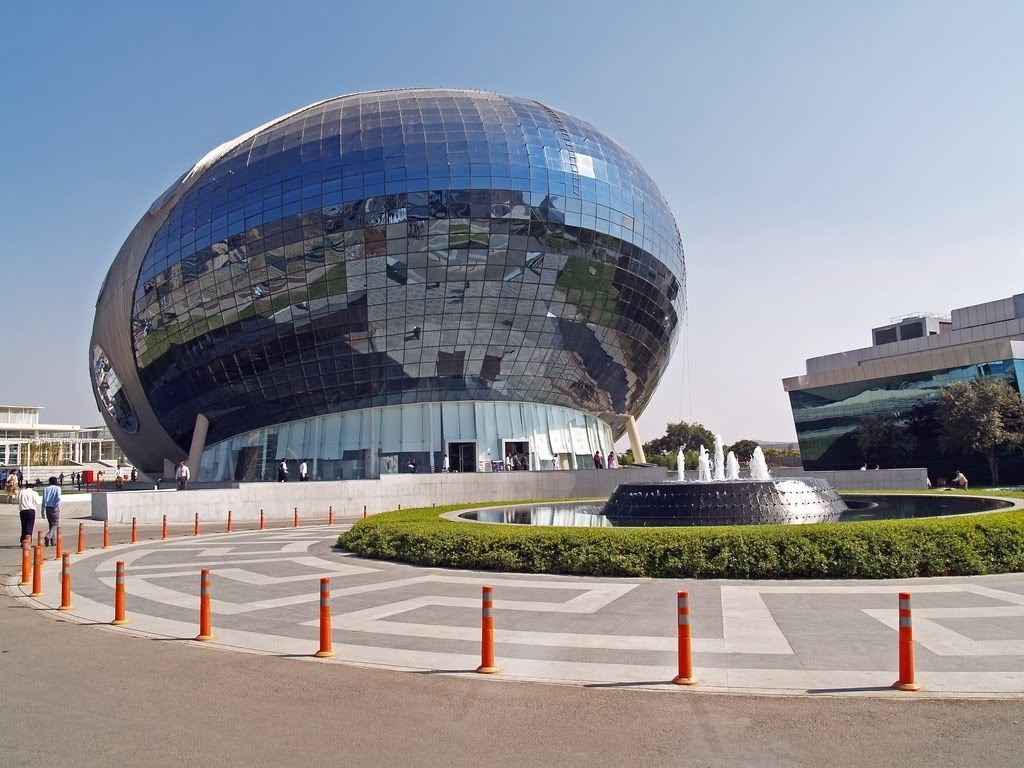
Pune Tourism
Down the centuries, Pune has been ruled by several dynasties. The earliest evidence found (copper plates of 758 A. D. and of 768 A. D.) reveals that the Rashtrakootas ruled this region then. At that time, Pune was referred to as PunakaPune Vishaya and Punya Vishaya. Copper plates of 960 A. D. and 963 A. D. refer to it as Punaka Wadi and Punaka Desha. Here Vishaya means region. Later on, the city has been mentioned as Kasabe Pune.
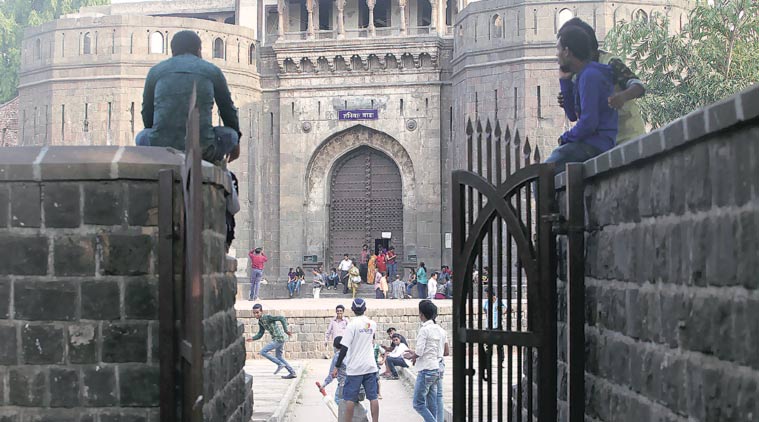
The Pune Gazetteer explains the term Pune as Punya – a holy place. In Hindu tradition, a confluence (sangama) of two rivers is sacred. Hence, this city, where there is a confluence of two rivers, is Punyanagari. After the Rashtrakootas, Pune was ruled by the Yadava dynasty. After the fall of this dynasty, it came under Muslim dominance till the middle of the seventeenth century.
With the emergence of Chhatrapati Shivaji, who founded the Maratha empire, Pune became known to the Delhi Sultanate. Shivaji, spent his early childhood in Pune at Lal Mahal, a palace built by his father Shahaji, where Shivaji’s mother Jijabai lived for a decade. Dadaji Konddev, Shivaji’s mentor, developed Pune city. He constructed a temple of Ganesha called Kasba Ganapati. This is the grama devata where invitations for all religious functions are first offered be it for a marriage, upanayana ceremony or any other functions. It was in this Lal Mahal that Shivaji attacked the Moghuls and defeated Shahistekhan, the uncle of Aurangazeb After the death of Shivaji in 1680 and the cold blooded murder of his son Sambhaji, Aurangazeb named Pune as Muhiyabad. Pune gained importance during the period of the second Peshwa Thorala (senior) Bajirao who ruled from 1720 to 1740. During his time, the palace of the Peshwas – Shaniwarwada was built. The various mahals or buildings were constructed by different Peshwas. There are still remains of a fountain with thousand outlets called Hazari Karanje. It was Thorala Bajirao who expanded the Maratha empire into north and central provinces. Nanasaheb Peshwa succeeded Thorala Bajirao Peshwa and ruled the Maratha kingdom from 1740 to 1761. He tried to control the Nizam and maintained peace. He was instrumental in urbanising Pune city and encouraged the setting up of Peths or wards in Pune. He constructed the famous Parvati PuneTemple complex, a pride of Pune city. He designed a water supply system from Katraj Lake that lies to the south of Pune city. A number of temples and palaces were constructed during his time.
Due to the family fueds that ensued thereafter, the Maratha power came to an end in 1818, when the British led by Mount Stuart Elphinstone defeated them and established the British Raj in this region. During this period, the French, the Portuguese and the British powers established contacts with the Peshwas, sent representatives for various functions. Pune and Delhi were the only centres of power during this century. Pune has been recognised as a seat of learning and the Deccan College (1851) led the educational movement in Pune. Tilak, Agarkar, Bhandarkar and other luminaries of the nineteenth century studied in the Deccan College. They studied in the English language, but a literary movement was started by organising the first Marathi literary conference in 1878. Justice Mahadev Govind Ranade, V. K. Chiplunkar and others took lead in this sphere of life. Tilak, Agarkar, Nam Joshi and Principal Apte founded the Deccan Education Society and its Fergusson College in 1885. The New English School (1880), the Nutan Marathi Vidyalaya (1883) and the MES Society’s High School (1875) were started. Soon after, a high school for Indian girls was established in 1884. A new generation of educated Indians started the freedom movement under the leadership of Lokmanya Bal Gangadhar Tilak. He started two newspapers, the Mahratta in English (January 1, 1881) and the Kesri in Marathi (January 4, 1881). Through these newspapers, Tilak aroused interest in national education, national language, swadeshi and swarajyai – the four fold aims for independence. “Swaraj is my birthright” was the slogan given by Tilak to the rest of India.
Gopal Krishna Gokhale is another builder of modern India who established the Servants of India Society andPune represented Indian interests in the imperial legislative council. Mahatma Gandhi considered him his guru. Maharshi Dhondo Keshav Karve is yet another gem of modern India, who throughout his life fought for the upliftment of women, started a college for them and established the first Indian University for women, named SNDT Women’s University. He was awarded the Bharat Ratna in 1958. Senior Wrangler R. P. Paranjape is another luminary from Pune who sacrificed higher salaries and worked as the principal of Fergusson College for over twenty years. Mahatma Jyotiba Phule started education for women and struggled hard for the upliftment of the depressed classes. Shrimati Anandibai Joshi was the first lady to complete medical education in the USA. Thus, we find the origin of various movements – social, religious, educational, political, economic and literary-, in Pune city.
How to Reach Pune
By Air: Pune airport is situated in the Lohagaon area, approximately 10 km to the northeast of the city. There are direct flights connecting Pune with the major cities of India, like Delhi, Mumbai, Chennai, Bangalore, etc. The city is also connected, through direct flights, with Dubai and Singapore.
By Rail: Traveling to Pune by trains is a very good option. A good rail network connects Pune with rest of the parts of the country.
By Road: Pune is well linked with almost all the major cities of Maharashtra as well as the rest of the country by road. There are regular bus services connecting Pune with Mumbai, Nasik, etc. Traveling from Mumbai to Puna
Shopping
Pune Shopping in Pune can be quite an experience! There is nothing you won’t or cannot find here…you just have to have the eye for it! Pune with its blend of Indian and Western cultures is a paradise for all shoppers catering to each and every individual.
Though one thing that you need to remember is the snooze time between 1.00 and 4.00 p.m., where the shopkeepers need their afternoon siesta!
Laxmi Road is a favorite as this is a place where you can get everything ranging from the best of jewellery to the fanciest of sarees. What’s more, the shops are open all days a week except on a Monday when the shopkeepers prefer to take the day off. Bursting at its seams on a crowded evening, you need to be able to develop a skill to move across the narrow bylanes and yes, muscles as well!
M.G.Road, popularly known as Camp serves not only as a shoppers haven but also as a perfect place to window shop!And what’s more Pre-Diwali sales are quite a steal!
Apart from these areas, Dhole Patil road, Koregaon Park and Fergusson College roads have boutiques and shopping plazas well equipped to offer a fulfilling shopping experience.
From branded goods to the traditional handicrafts or just some knick-knacks to dress up your home, you can find them all but remember their weekly off on Sundays! Not to miss the chor bazaar, which is a haven for cheap stuff which you will never be able to find elsewhere or Pune’s famed fashion street and Honkong lane, where a visit to browse for little trinkets which won’t last more than a wear is an interesting shopping experience by itself! So go ahead and let your purse strings loose!
Culture of Pune
Pune exemplifies an indigenous Marathi culture and ethos, in which education, arts and crafts, and theatres are given due prominence. It is the birthplace of the poet-saint Tukaram (in Dehu) and Jnaneshvara (in Alandi), the author of the well-known commentary on the “Bhagavad Gita”.
It is the home of great freedom fighters like Bal Gangadhar Tilak, Agarkar and Gopal Krishna Gokhale. Jayant Narlikar, the famous contemporary scientist, is from Pune. Pune is the seat of North Indian Classical music. Annually, in the month of December, it hosts a three nightlong cultural program of vocal and instrumental classical music, called “Savai-Gandharva”.Pune has been an example for the blending of the culture and heritage with modernisation and its side effects. With the Pune festival, Osho Commune International
Pune is the ‘veritable heartland’ of cultural Maharashtra – while you may not be looking to absorb culture through every pore, some of it certainly rubs off on you. Pune is the cultural capital of the Maratha people, which is also known as the “Queen of the Deccan.” The city of Pune first gained its importance as the capital of the Marathas in the 17th century.
Festival
As called the Cultural Capital of Maharashta, Pune has a proud calendar comprising of a number of festivals and cultural activities ranging from Classical Music to Rock Concerts. What Pune is most known for, is the Pune Festival, which is held during the Ganesha Mahotsav.
With political bigwigs and celebrities patronising it, the Pune Festival has popularised itself immensely over the past few years.
The Ganesh Mahotsav initiated by Tilak, today is celebrated with great enthusiasm, as city interiors almost remain blocked for ten days. Pune has more than 2000 mandals with Dagdusheth Halwai, the biggest and the most famous one.
Sawai Gandharva, which started way back in 1960s, has had every Indian and international artist perform and has given rise to a number of budding ones too. It is held in the months of December from dawn to dusk over three days.
The Osho festival is another international crowd puller in Pune. Held in the Osho Aashram in Koregaon Park, disciples and followers of Bhagwaan Rajneesh make it a point to attend.
The Chaturshringi fair held annually during Navratri on Senapati Bapat Road, is held overnight with giant-wheels and other attractions. A number of College festivals, have become very commercialised, but still attract big crowds and a very high degree of competition from

colleges all over Pune. Verve organised by Express Youth Forum is the biggest inter-collegiate festival in India. So, all year round, there seems to be enough excitement to keep Puneites on their toes!
Monuments
Kasba Ganpati: Kasba Ganpati is the GRAM DAIVAT of Pune. Kasba Peth is near Lal Mahal & the Kasba Ganpati is the Ganpati of First Honor in Pune. So it has the First previlage in the Ganesh Utsav procession.Shivaji Maharaja’s mother Jijabai had put up the statue of Ganesh. On her behalf Dadoji Kondadev had put on a tent in front of the statue of Ganesh.Recently Jija mata Garden has been made next to it, and the statue of Jija mata has also been set there.
This is one of the most famous landmarks of Pune. Though the hill is in the Southern half of the city, it is visible from almost every part of Pune. There are 108 steps that lead to the temple dedicated to Parvati and Devadeshwar. There are also temples dedicated to Vishnu, Ganesh and Kartikeya. Climbing to the top of the hill can be rewarding as one can enjoy an excellent paranomic view of Pune.
Gurudwara (Ganesh Peth): This Gurudwara is in Ganesh Peth. Sikhs come to this place in large numbers. It is about 2 kms away from Pune Station. The gurudwara is open to all people irrespective of their religion but your shoes must be removed and heads should be covered. The prayers in the Gurudwara start in the early hours of morning. The birth anniversaries of the first guru, Guru Nan akdevji and tenth guru, Guru Govindsinghji are celebrated as festivals with great enthusiasm.
Omkareshwar Temple: Situated in Shaniwar Peth it is famous for its stone structure & it held on even in the floods of Panshet in 1962. Amruteshwar and Omkareshwar Shivalayas. The Omkareshwar temple which is about 250 years old has even survived in the 1962 floods which came in pune.

